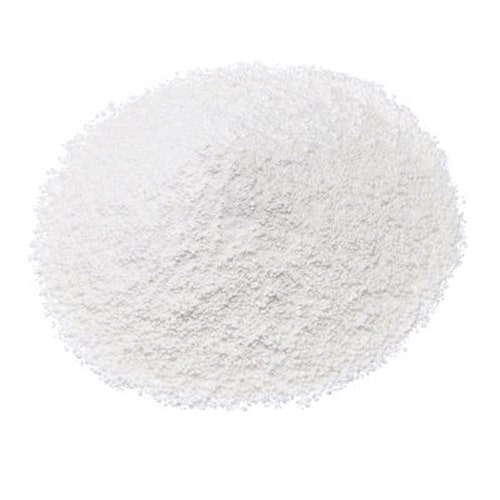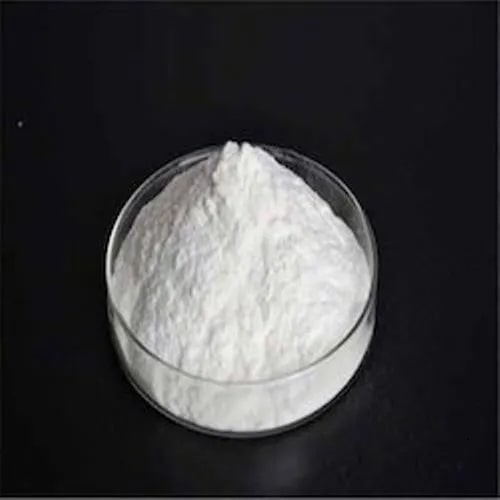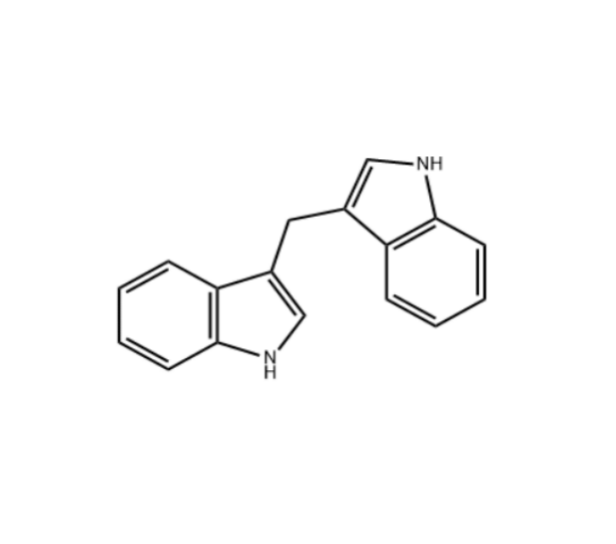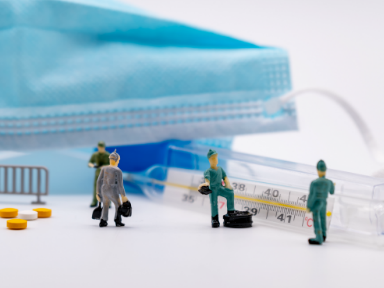A study by the Salk Institute found that mice that were given a chemical compound, named GW1517 (GW), were able to sustain far longer periods of exercise than those that did not receive the compound. The results showed that mice were able to run up to 70% longer than those that did not receive the drug.
The study raises insights into how cardiovascular fitness is developed and what it is dependent on. Beyond this, there may be hopes that the compound can help those who suffer from obesity or those with physical disabilities.
The reason that it may be able to benefit those with obesity or physical disabilities is that the mice taking the pills put on less weight and had better regulated levels of blood sugar; this is despite all mice involved in the study having a sedentary lifestyle.
The mice that were taking the drug were found to be able to run for 270 minutes before exhaustion set in, while those mice that were not taking the drug only manage 160 minutes. The research revealed that when blood sugar dropped below 70mg/dl, fatigue set in and the mice were no longer able to run.
As well as this, the mice taking the drug were found to express changes in 975 different genes. Particularly, the breakdown of carbohydrates for energy was found to be suppressed, meaning that muscles were forced to derive their energy from fat sources instead. It is hypothesised that this is to preserve glucose to preserve optimal functioning of the brain.
"It's well known that people can improve their aerobic endurance through training," says senior author Ronald Evans, Howard Hughes Medical Institute investigator and holder of Salk's March of Dimes Chair in Molecular and Developmental Biology. "The question for us was: how does endurance work? And if we really understand the science, can we replace training with a drug?"
The last question is one of the key interests behind researching the compound. The drug was shown to benefit even those mice that had sedentary lifestyles. However, during its development by GSK and Ligand Pharmaceuticals in the 1990s, the two companies dropped the drug due to perceived negative side-effects. Even now, researchers commented that the drug is dangerous in large doses.
It remains to be seen whether a drug with such side-effects would pass through regulatory bodies but researchers consider the new information to be a potential building block for further research.





 ALL
ALL Pharma in China
Pharma in China Pharma Experts
Pharma Experts Market News
Market News Products Guide
Products Guide Brand Story
Brand Story
























 Pharma Sources Insight January 2025
Pharma Sources Insight January 2025








